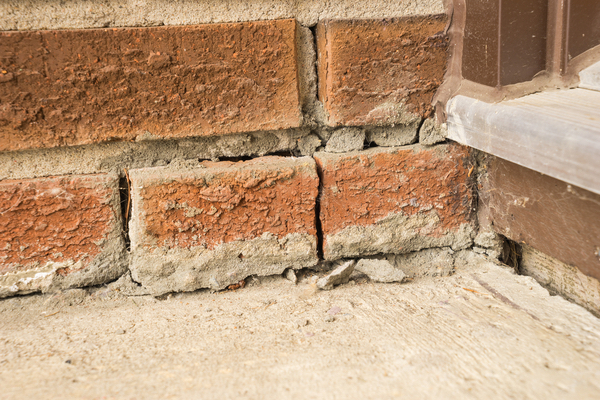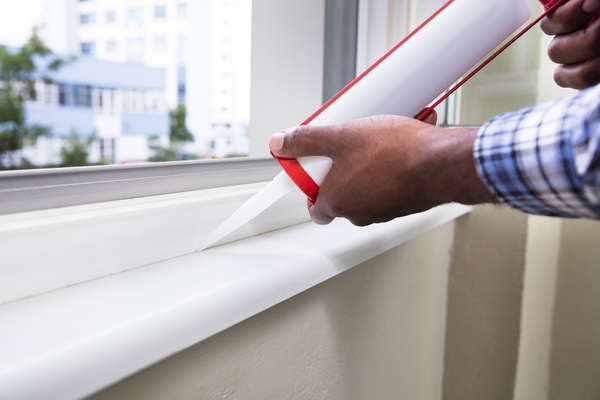If you haven’t dealt with a mouse infestation during the fall, you certainly know someone who has. Every autumn, it feels like virtually every single homeowner suddenly has to deal with a rodent plague. You’ll see mice everywhere, at all times of day and night--and unfortunately, all over your home, too! This sudden furry invasion begs the question: where did all these mice come from? Why are they suddenly so active and so determined to get inside your home? Why does it feel like they’re targeting your home, specifically? Here’s everything you need to know about the mouse menace this fall, and how to keep it away.
Why are mice so active this fall?
Did you know that mice are extremely sensitive to temperature and pressure changes? The moment the seasons begin to change, mice can sense it. When mice sense fall coming, they know instinctually that winter is coming. Mice don’t hibernate or enter torpor during winter. If they want to survive until spring, they have to find a place to keep warm all winter long. If you give them a chance, that place could be your home. Mice seem more active in fall because they’re frantically trying to outrun winter. They need to sneak their way into warm, hidden places where they won’t freeze. Their quest to keep warm keeps them active longer, later, and in places where you won’t normally see them. Mouse infestations are extremely common in fall. You’ll see them in your basement, attic, crawl spaces, garage, and even your pantry or cupboards. If you see one, you can bet there are more nearby.
Why are mice choosing my home?
Believe it or not, mice can use their temperature sensitivity to find good places to keep warm. Mice use their whiskers to sense minute changes in air pressure and temperature. They can sense air and heat leaking from your home, and follow it to gaps they can squeeze through. Mice can smell food from even further away, and even through packaging and other solid material. Often, mice will literally “follow their noses” right into your home. Mice find their way into your home using drafts and food scents. Once they sense something, they’ll follow it until they find a gap they can squeeze through. Mice only require the smallest possible cracks to get through and into your home. They may also chew through soft wood, insulation, or damaged weatherproofing. If your mouse problem seems particularly bad this year, it’s probably because you’re leaking more heat than usual.Why are mice a problem?
Mice make problems for your home in a couple of different ways. First, the most obvious: they’re dirty. House mice are covered in grease, dirt, and grime. As they move through your home, they’ll leave behind that grime on everything they touch. Mice also build small, dirty nests out of debris and clutter in secluded parts of your home. Most distressingly, they deposit their “droppings” in any area they frequent. Mice can also carry fleas and could transmit several diseases to humans. In addition to the health hazards they pose, mice can also inflict structural damage. Mice gnaw and teethe on soft surfaces constantly. They can chew through cardboard, insulation, wood, fabric, pipes, and even electrical wiring. Usually, this damage is largely cosmetic, but it can become more serious. Mice occasionally start electrical fires when they bite through a wire and generate sparks. Mice may not seem particularly dangerous, but you should take infestations seriously nonetheless.






